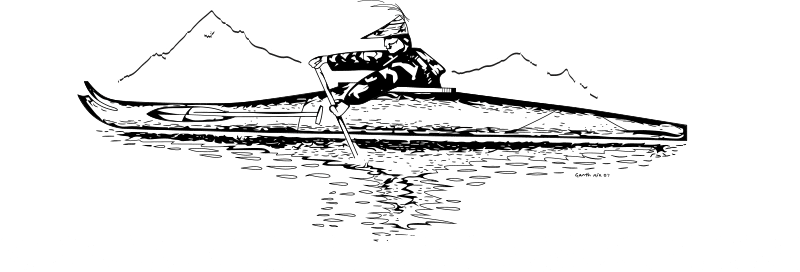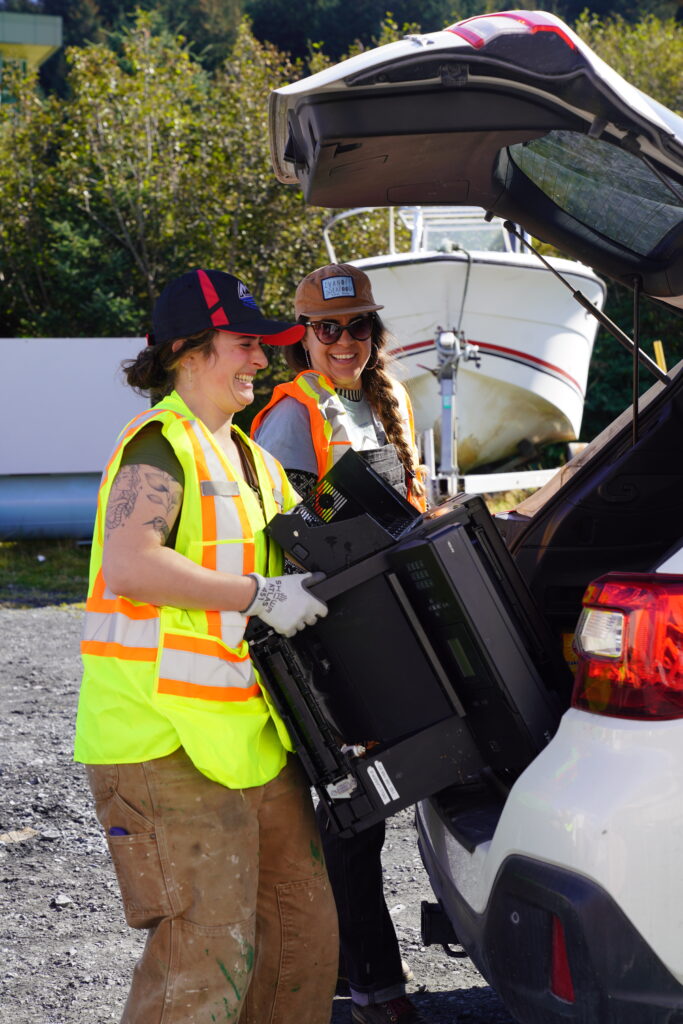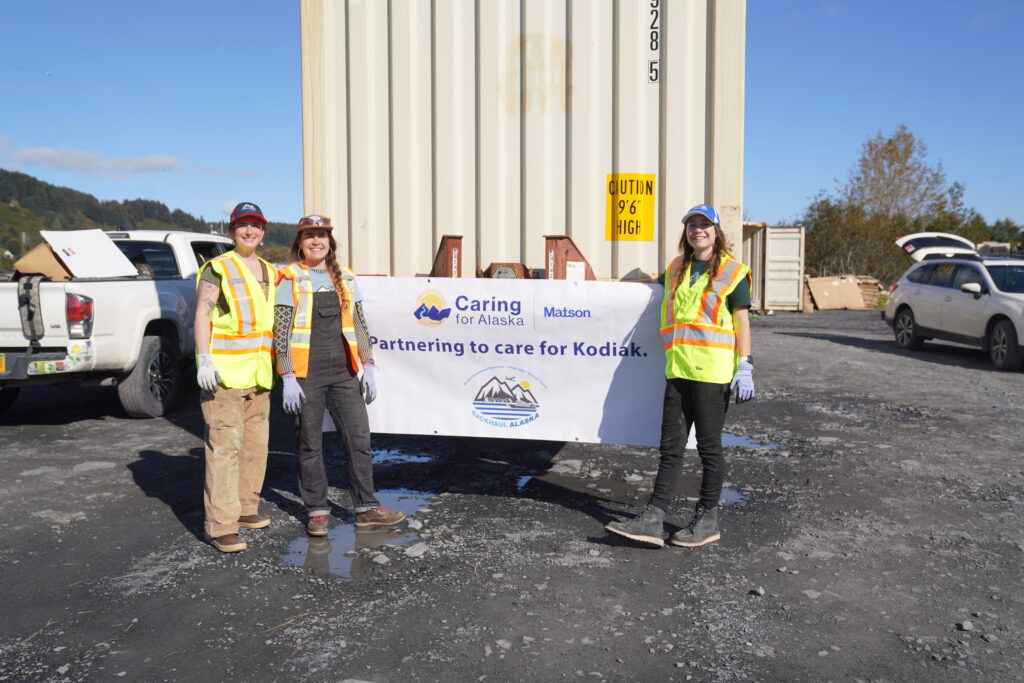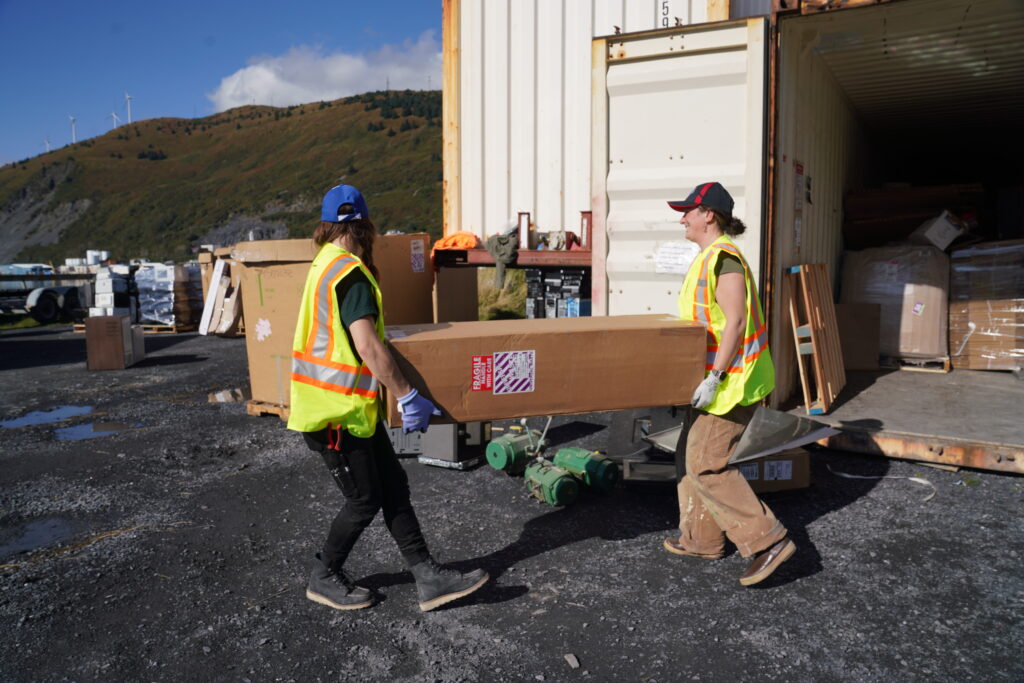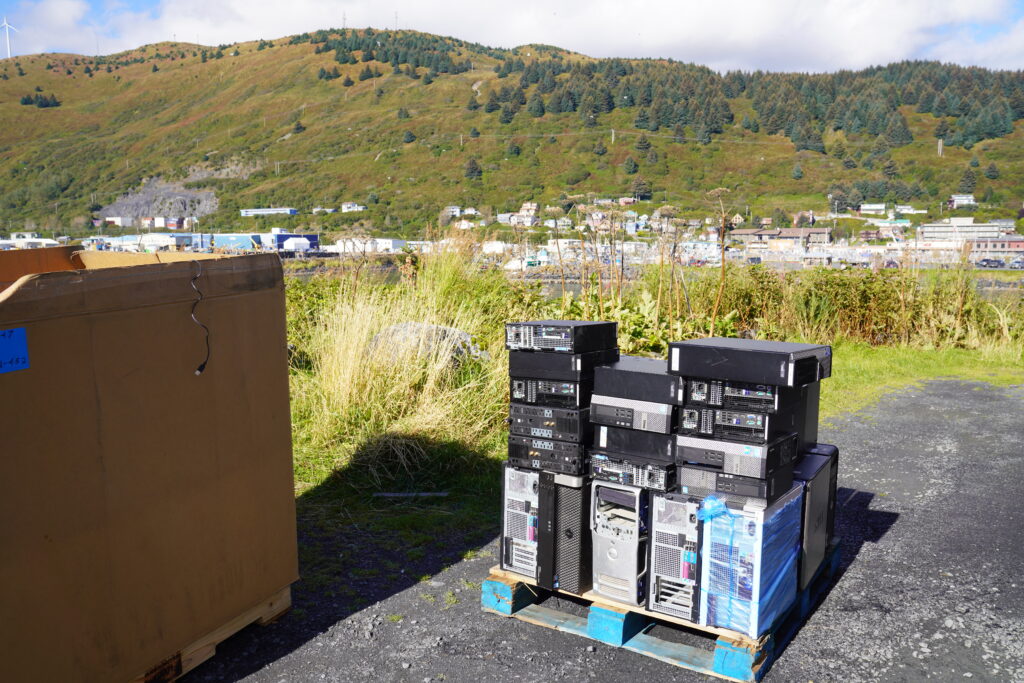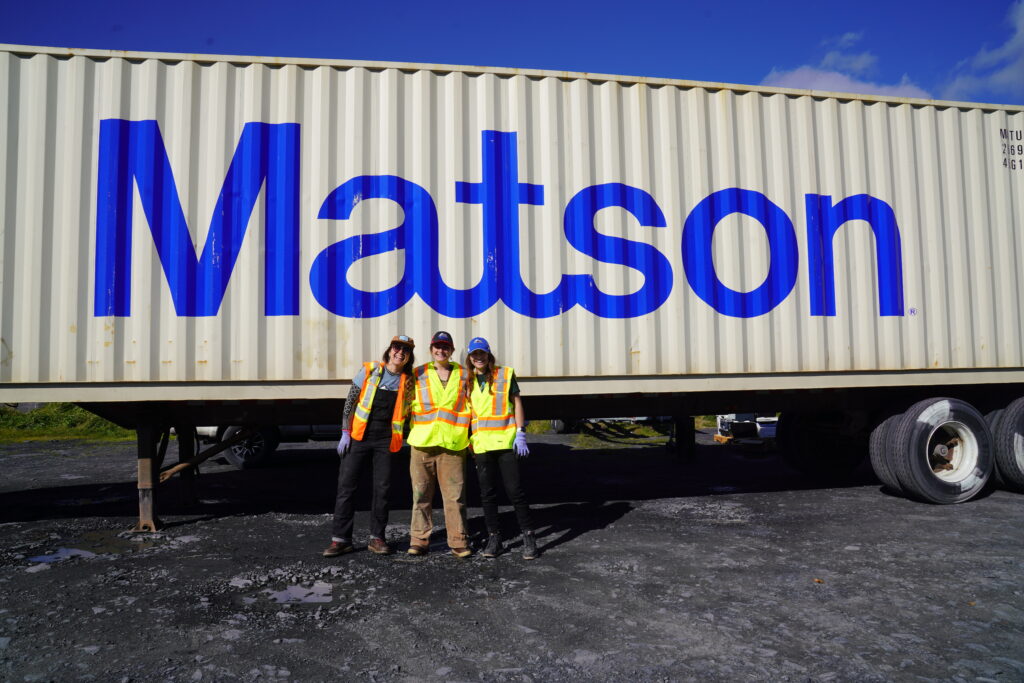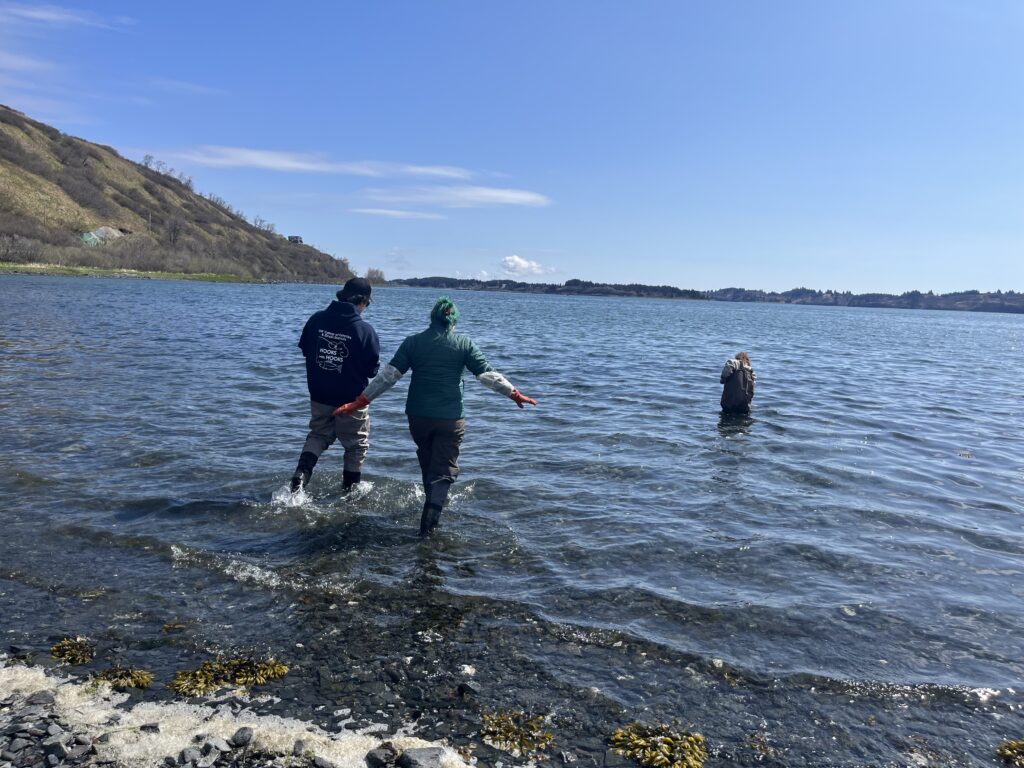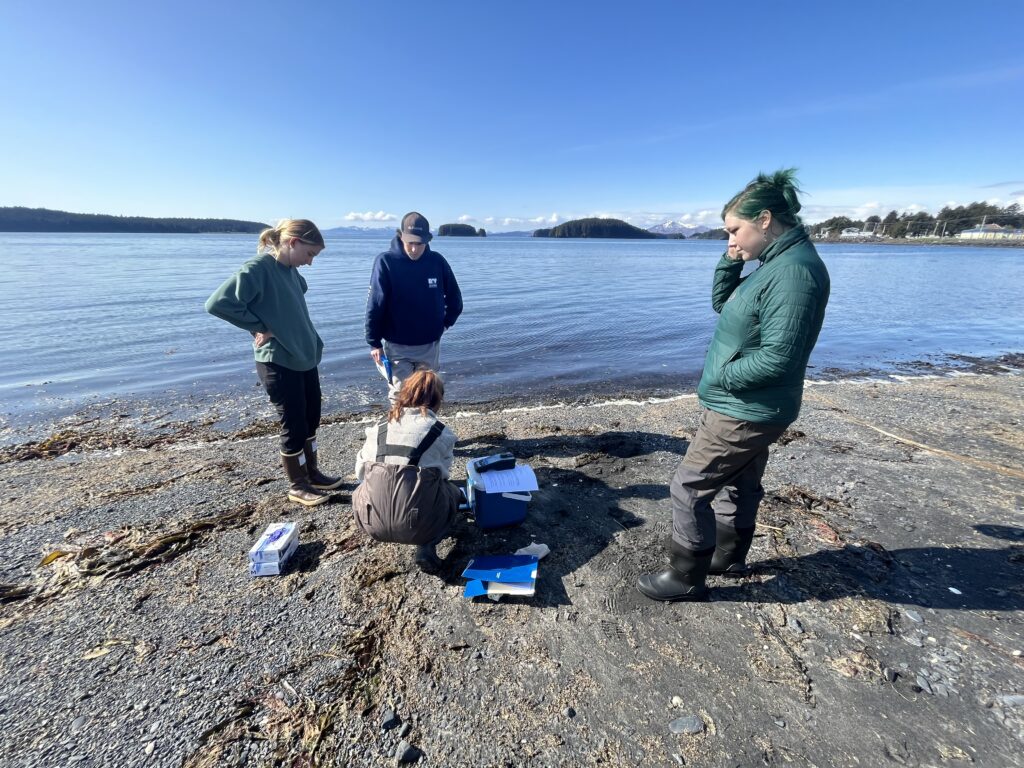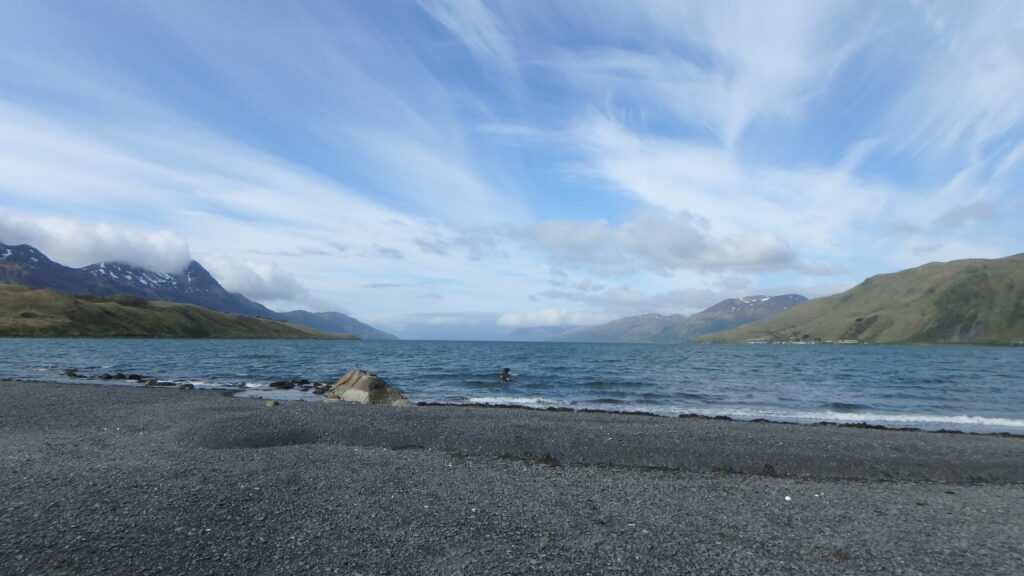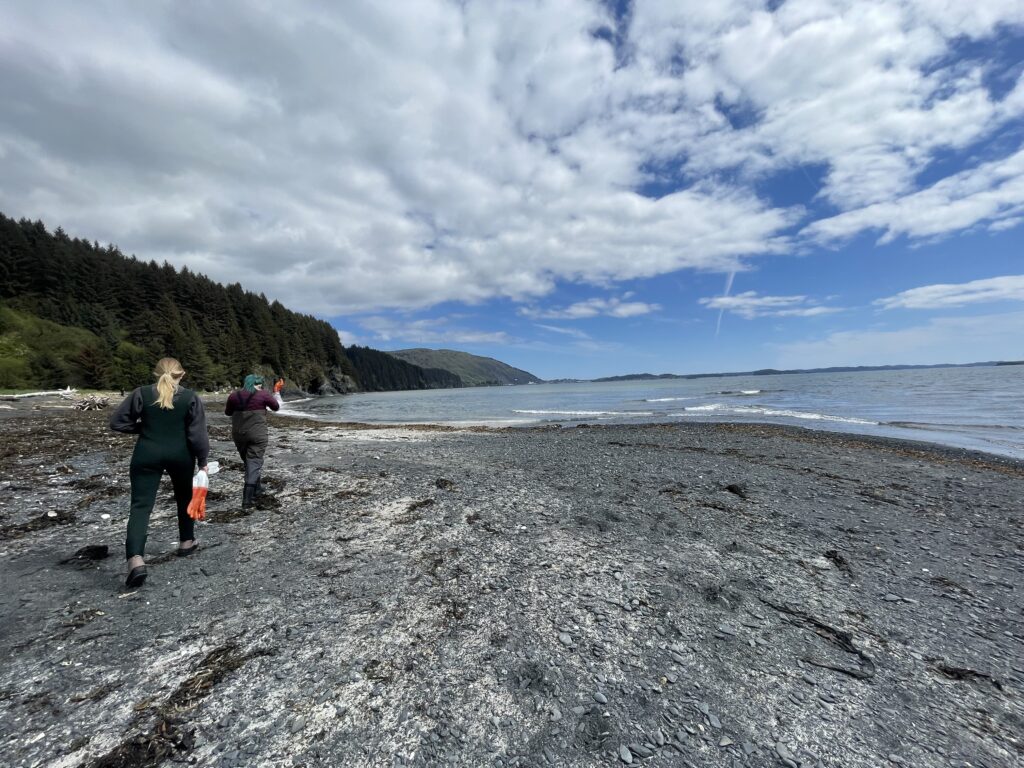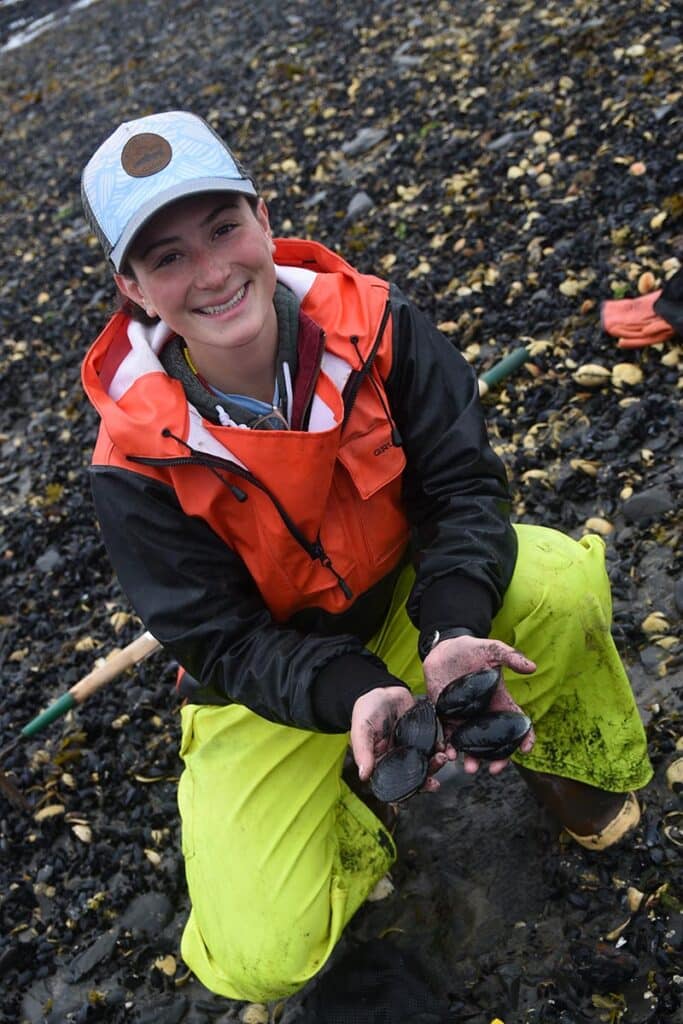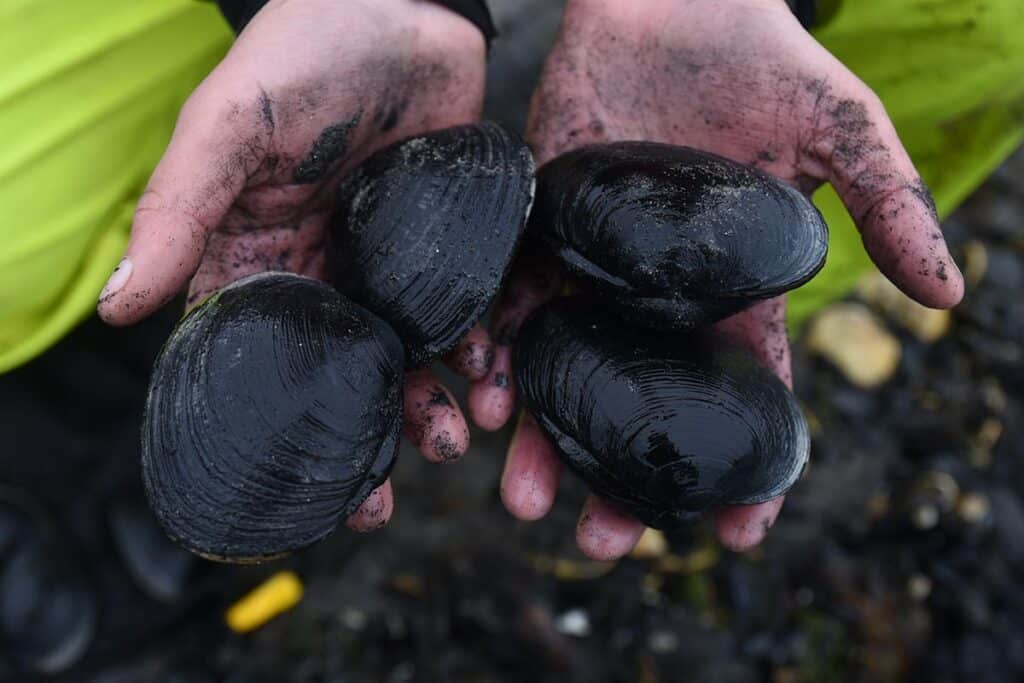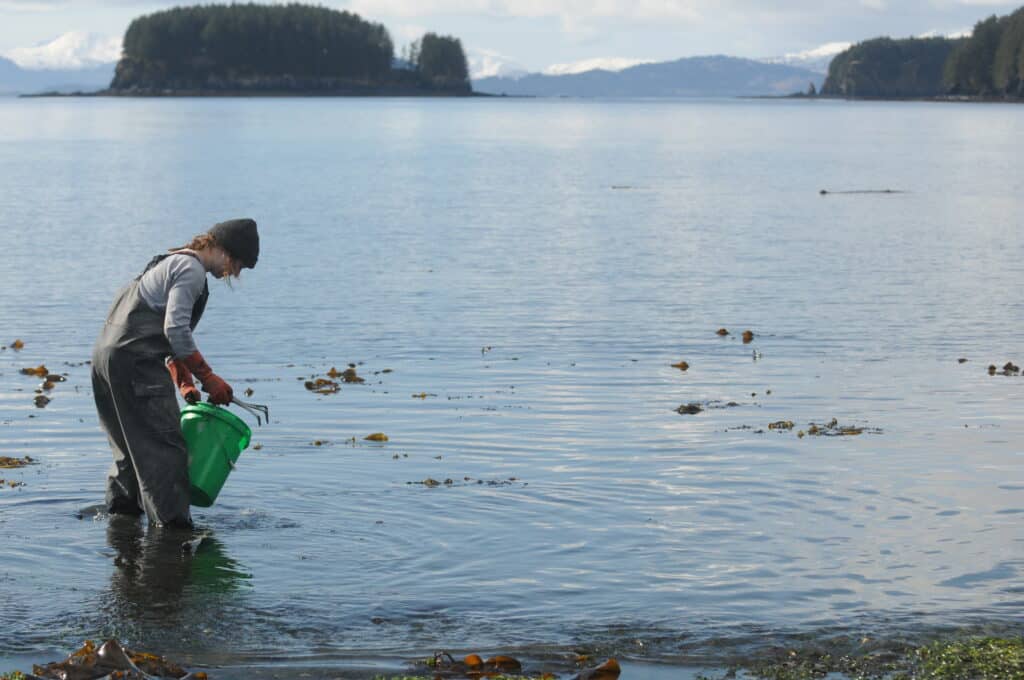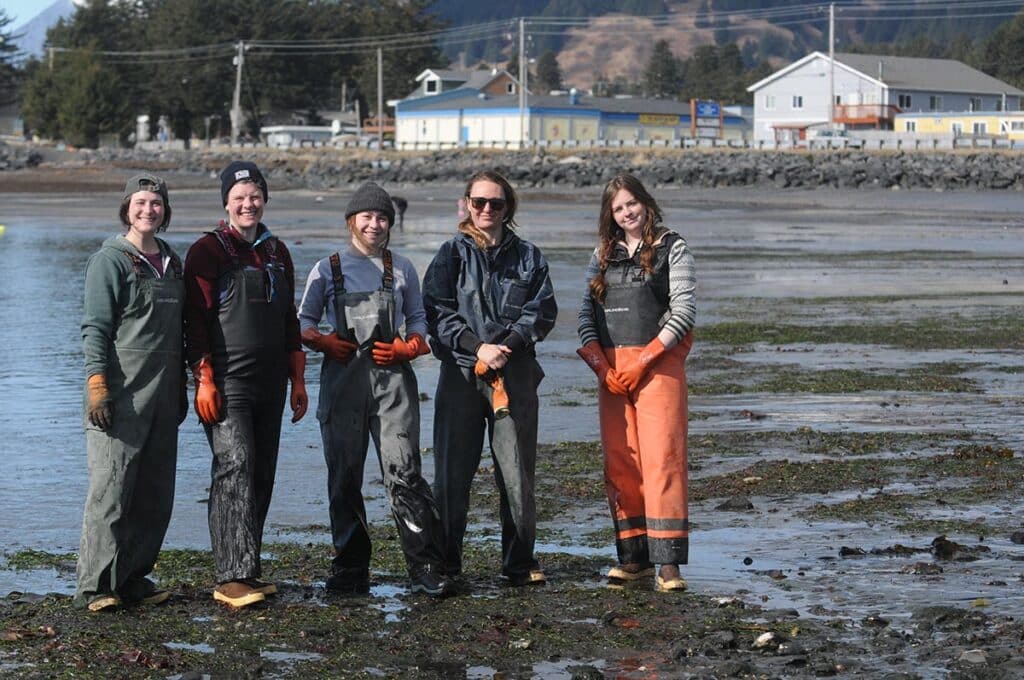
KANA Environmental Department
In 2018, KANA established our Environmental Department with funding received from the Environmental Protection Agency (EPA) Indian General Assistance Program (IGAP). This initiative aimed to create a consortium to address environmental concerns in collaboration with the ten Tribes of Kodiak. The Environmental Department’s primary responsibility is to evaluate the Tribes’ environmental priorities and develop and implement appropriate solutions. As a result, projects undertaken by the department are continuously evolving and subject to change.
Currently, we also receive funding from the Bureau of Indian Affairs’ Tribal Climate Resilience and the EPA Hazardous Waste Management Grant. To date, we have provided assistance to the Kodiak Tribes in various areas such as water quality monitoring, hazardous and solid waste management, and climate adaptation planning. We also offer technical assistance, hands-on training, and support to help build the capacity of tribal environmental programs in assessing and monitoring environmental changes.
To facilitate improved communication and collaboration on local environmental matters and initiatives, KANA hosts a monthly environmental workgroup called KELP (Kodiak Environmental Leaders & Professionals). This workgroup brings together tribes, local organizations, and partners to collectively address local environmental issues and promote cooperation.
If you would like to receive updates on any of the programs or join the KELP workgroup, contact:
Tyler Kornelis
Economic Development and Environmental Programs Manager
907.486.1393 | Tyler.Kornelis@kodiakhealthcare.org
Or
Andie Wall
Environmental Coordinator, BIA TRP
907.486.1313 | Andie.wall@kodiakhealthcare.org
